Mastering Baby Sleep: The Science Behind the Pick-Up-Put-Down Method
Bringing a baby home is an exciting and joyful experience. In the early weeks, newborns sleep soundly for hours at a time, waking up only for feedings. However, as they grow, their sleep patterns evolve, and many parents notice sudden changes in their baby’s sleep habits around the four-month mark. This stage, often referred to as sleep regression, can be challenging. Fortunately, the pick-up-put-down method is a gentle and effective technique that helps babies learn to sleep independently.
Understanding the Pick-Up-Put-Down Method
The pick-up-put-down method is a no-cry sleep training technique designed for babies 16 weeks and older. Unlike traditional sleep training methods that involve leaving the baby to cry alone, this approach allows parents to comfort their child while gradually encouraging independent sleep. While some crying may still occur, parents remain present to soothe and reassure their baby throughout the process.
This method is particularly beneficial for babies who:
Are used to being rocked, held, or fed to sleep
Struggle to self-soothe and prefer constant comfort
Quickly settle when picked up but cry when put down
With patience and consistency, the pick-up-put-down method can help babies develop healthy sleep habits and fall asleep on their own.
Step-by-Step Guide to the Pick-Up-Put-Down Method
Step 1: Create a Calm Sleep Environment
Begin by establishing a soothing pre-nap or bedtime routine. Dim the lights, minimize noise, and follow a predictable sequence of activities such as a warm bath, gentle rocking, or reading a short story. This helps your baby recognize that it’s time to rest and settle down for sleep.
Step 2: Place Your Baby in the Crib Awake and Calm
After the bedtime routine, lay your baby down in their crib while they are still awake but relaxed. Stay close and offer comfort using your presence, voice, or touch.
Step 3: Offer Gentle Reassurance
If your baby begins to cry, start by using your voice to soothe them. Speak softly, hum, or say comforting phrases like "It’s okay, I’m here." If your baby continues to cry, place your hand on their chest or back for added reassurance.
Step 4: Observe Your Baby’s Response
After a minute or two, assess whether your baby is calming down or becoming more distressed. If they are settling, continue using your voice and gentle touch. If they are crying harder, move to the next step.
Step 5: Pick Up to Calm, Then Put Down
If your baby remains upset, gently pick them up and hold them close. Avoid rocking or bouncing, as this can create dependence on movement. Once your baby is calm (but not drowsy), lay them back in the crib.
Step 6: Repeat as Needed
Continue the process until your baby is able to settle in the crib with minimal intervention. Over time, gradually reduce how often you pick them up and how much physical reassurance you provide.
How Long Does It Take?
The pick-up-put-down method requires consistency and patience. Many parents notice progress within 3 to 5 days, while full adaptation can take up to two weeks. Initially, you may need to pick up your baby 20-30 times per sleep session. By days 3-4, this number should decrease to 1-10 times as your baby learns to self-soothe.
Why the Four-Month Sleep Regression Affects Sleep
At around four months, babies experience a biological shift in their sleep cycles. Their newborn sleep pattern transitions into a more mature structure, leading to shorter naps and frequent night wakings. This change is normal and signals cognitive and physical development.
Some parents mistake this phase for teething or hunger, but the key issue is the baby’s reliance on external sleep aids. If a baby has been rocked or fed to sleep, they may struggle to link sleep cycles independently.
How a Sleep Consultant Can Help
If your baby is struggling with sleep regression, a sleep consultant four month can provide personalized guidance. They assess your baby’s sleep patterns and offer tailored strategies to improve sleep without distress. Working with a baby sleep consultant can make the transition smoother and more effective for both parents and babies.
Common Challenges and Solutions
1. My Baby Cries More When I Pick Them Up
If your baby arches their back, squirms, or cries harder when held, they may prefer a different approach. In this case, consider using a combination of verbal reassurance and gentle patting instead of frequent pick-ups.
2. My Baby Still Wakes Up Frequently at Night
Babies at four months old may still need nighttime feedings. However, to avoid unnecessary wake-ups, ensure they receive enough daytime nutrition. A structured feeding schedule helps distinguish between hunger and sleep disturbances.
3. My Baby Struggles to Settle Even After Days of Trying
Some babies take longer to adjust. Stay patient and consistent, but if there’s no improvement after two weeks, a sleep consultant four month-old baby may be beneficial.
Developing Long-Term Independent Sleep Skills
To make the pick-up-put-down method more effective, gradually reduce your involvement. Over time, shift from picking up to just using your voice or a light touch. Eventually, your baby will learn to fall asleep with minimal assistance.
Key Takeaways:
The pick-up-put-down method is a gentle sleep training technique suitable for babies 16 weeks and older.
It involves calming your baby in the crib while gradually reducing intervention.
Sleep regressions, especially around four months, are a normal developmental phase.
A baby sleep consultant with four months of experience can provide expert advice and customized strategies.
Patience and consistency are essential to success.
Transform Your Baby’s Sleep with Sleep Child O Mine
At Sleep Child O Mine, we understand how challenging baby sleep struggles can be. Our expert sleep consultants specialize in gentle and effective sleep training methods, including the pick-up-put-down method, to help your baby develop self-soothing skills. We provide personalized guidance tailored to your baby’s needs, ensuring a smooth transition to better sleep. Whether your little one is experiencing the four-month regression or struggling with frequent night wakings, we’re here to support you. Let us help you create a peaceful bedtime routine and enjoy restful nights. With our help, you'll proudly say, "This child is mine, and they sleep peacefully!"
Final Thoughts
By following the pick-up-put-down method, parents can help their babies develop independent sleep skills while maintaining a loving and responsive approach. The journey may take time, but the result—a well-rested baby and peaceful nights—is well worth the effort.
Remember, every baby is unique, and what works for one may not work for another. Trust your instincts, be patient, and know that you’re doing an incredible job guiding your baby towards better sleep! Therefore, let Sleep Child O Mine help you create a peaceful bedtime routine and enjoy restful nights. Because every child deserves quality sleep—and so do you!



